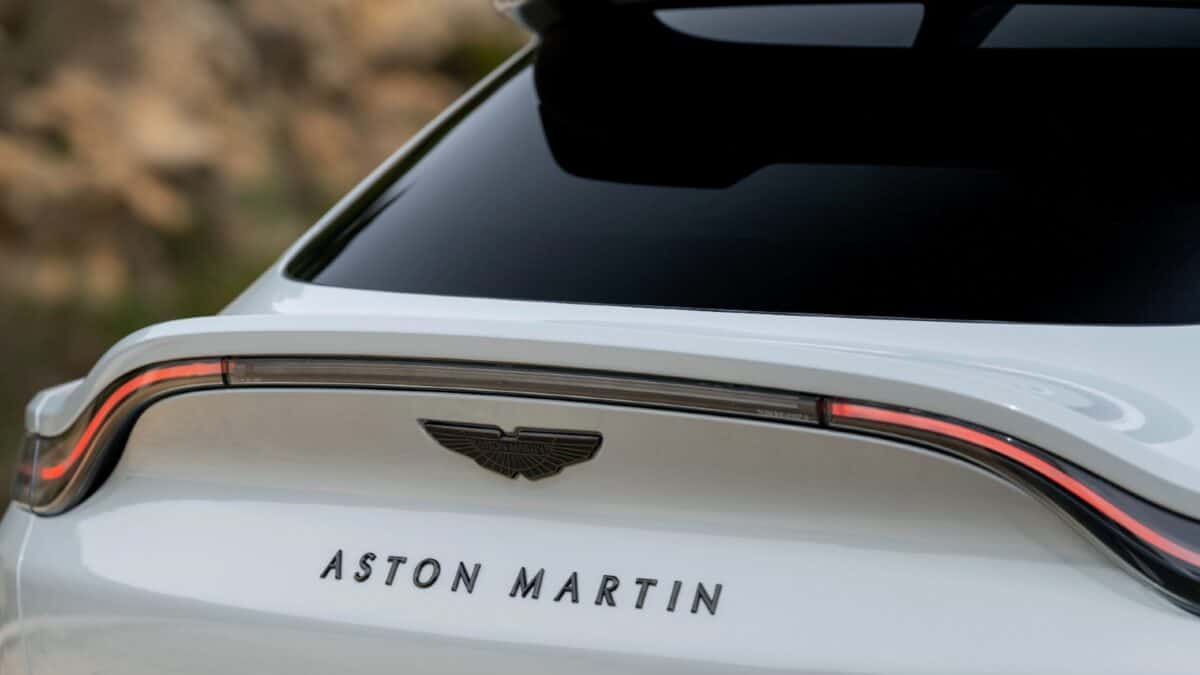Shares in FTSE 250 company Aston Martin (LSE:AML) are actually up 49% over the past 12 months, but have fallen almost 50% from highs seen in the summer.
Looking over a longer timeframe, Aston Martin shares are down 97% due to financial difficulties, economic challenges, and dilution.
A year ago, Rolls-Royce was in a similar position. The stock was down 85% from its highs before the pandemic. Now, the recovery, which not everyone expected, is really on. The stock is up 228% over 12 months but down over 90% in five years.
Should you invest £1,000 in Sainsbury's right now?
When investing expert Mark Rogers has a stock tip, it can pay to listen. After all, the flagship Motley Fool Share Advisor newsletter he has run for nearly a decade has provided thousands of paying members with top stock recommendations from the UK and US markets. And right now, Mark thinks there are 6 standout stocks that investors should consider buying. Want to see if Sainsbury's made the list?
So, could buying Aston Martin today be like buying Rolls-Royce shares a year ago?
Believing in the process
Under the leadership of Chairman Lawrence Stroll, it has ambitious plans to elevate the iconic car brand to new heights.
With a vision of achieving £2bn in revenues and £500m in adjusted EBITDA by 2024/25, it aims to expand its annual car sales to 10,000 units, a significant leap from the 6,412 units sold in 2022.
However, in an update earlier in the year, the firm says it now believes it can hit its financial target with just 8,000 unit sales. This underscores the efforts made to improve margins.
Aston Martin broadly appears to be moving in the right direction despite a hiccup in Q3 and a revised volume forecast.
Despite initial delays in ramping up DB12 production during the third quarter, Aston Martin reaffirmed its full-year guidance and financial targets in Q3.
The company, however, slightly adjusted its volume outlook for 2023, projecting year-on-year growth in units to around 6,700, down from the previous estimate of around 7,000.
Nevertheless, the company remains confident in meeting its order volume expectations for the year, as demand remains strong, with DB12 orders extending into Q2 2024.
Production is now operating at the necessary rates to fulfil the company’s projected unit volumes.
Valuation
In addition to the above targets, Aston Martin recently unveiled its mid-term financial targets for 2027/28, with a revenue target of £2.5bn and EBITDA at £800m.
However, it recorded net debt in the third quarter of £750m, down from £766m at the end of 2022. The company remains committed to reducing leverage, but the impact of the debt on profitability is considerable.
Despite improving margins and deliveries, analysts don’t expect the car maker to turn a profit until 2025.
The below table outlines the earnings per share (EPS) forecast and the associated price-to-earnings (P/E) ratios based on the current share price.
| 2023 | 2024 | 2025 | |
| EPS | -26.3p | -7p | 9 |
| P/E | n.a. | n.a. | 24 |
Interestingly, at 24 times 2025 earnings, Aston Martin doesn’t look particularly expensive. That’s because sector leader Ferrari trades at 50 times forward earnings.
And it’s not just because Ferrari has great margins, but because luxury tends to trade at a premium. It’s long play on economic development and wealth accumulation.
As such, I actually believe Aston Martin represents good value, and now could be a good time for me to top up — I’m looking at it. Debt is problematic, but profitability may not be far away.







